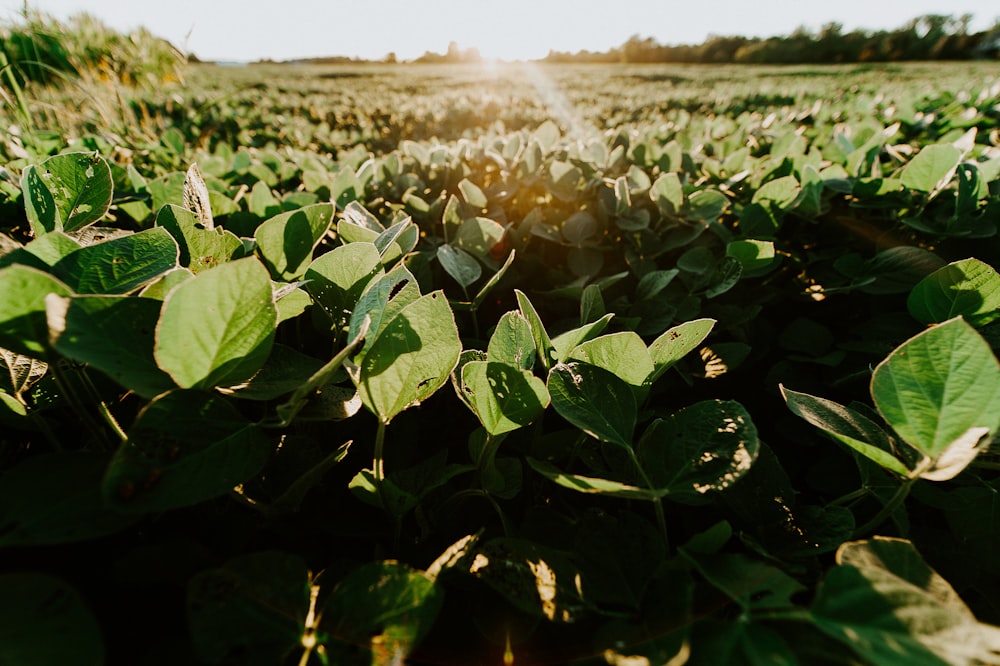A Slowdown In Global Agricultural Productivity
Image Source: Unsplash
The growth of agricultural output matters. About 700 million people in the world live below a poverty line of consuming $2.15 per day, and if that poverty line is raised to $3.85 per day, more than 2 billion people are below it. Raising the standard of living for the very poor requires higher agricultural output. Greater productivity in global agriculture matters as well. In most low-income countries, half or even three-quarters of worker are still in agriculture, and part of economic development is that rising agricultural productivity helps fuel a migration of those workers to higher-paying jobs in other sectors. Even in a high-income context, it’s worth remembering that agriculture isn’t just about food, but that there are a large and growing number of bio-based consumer and industrial products that aren’t eaten.
Thus, it’s big news that the growth rate of agricultural output and agricultural productivity is slowing down. The US Department of Agriculture keeps the statistics, which Keith Fuglie, Stephen Morgan, and Jeremy Jelliffe use to generate this graph in “World Agricultural Output and Productivity Growth Have Slowed” (USDA Amber Waves website, December 7, 2023).
The black line at the top shows annual growth for global agricultural output. Of course, these annual rates compound over time. Over a decade, a drop 0.8% per year (what happens from the 2001-2010 period to the 2011-2021 period) means that total agricultural output will be more than 8% lower than it would otherwise have been.
The bars then break down that total growth into possible causes. Land expansion, irrigation intensification, and input expansion (like machinery, labor, fertilizers, and pesticides) are measurable. The common approach is that whatever can’t be accounted for by measurable factors is called “productivity growth”–which becomes a nebulous category that includes everything from improved cultivation methods to better seeds. As you can see, essentially all of output growth that is lower by 0.8% per year reflects lower productivity growth of.

The issues of low-income people and economies with half or more of the workers in agriculture are especially salient in economies across Africa. For an overview of the issues in improving technology there, see Tavneet Suri and Christopher Udry. 2022. “Agricultural Technology in Africa.” Journal of Economic Perspectives, 36 (1): 33-56. They emphasize the problem of enormous heterogeneity across the agricultural sector in countries of Africa, which has made it harder to discover and diffuse new agricultural technologies.
More By This Author:
Basic Income Proposals, Labor Market Interactions, And Good Jobs
A Century Of Movement Toward Central Bank Independence
Warren Buffett On How Size Has Done Him In
Disclosure: None.




